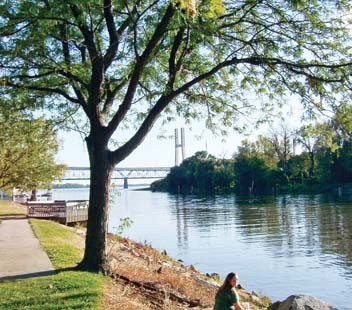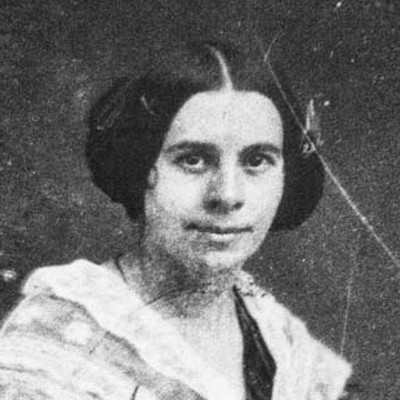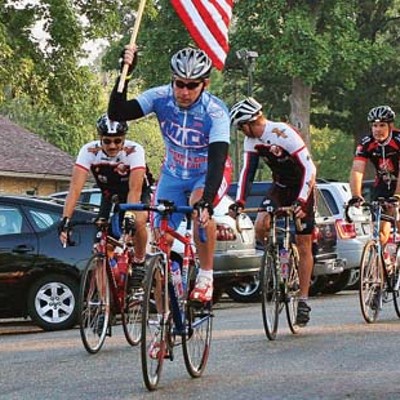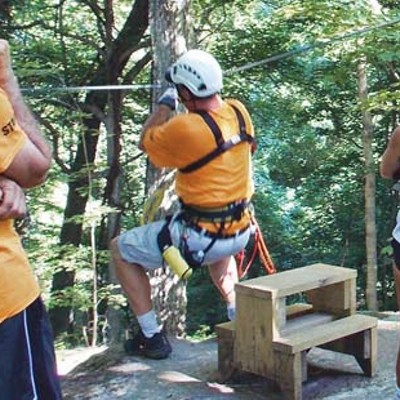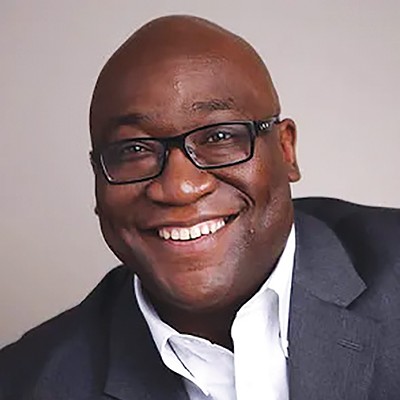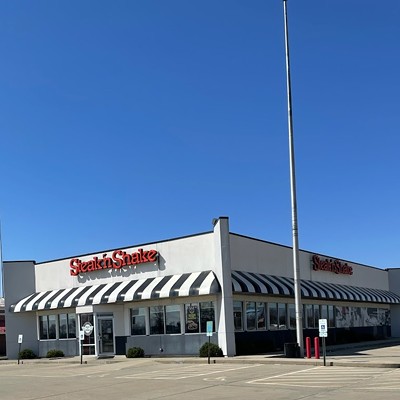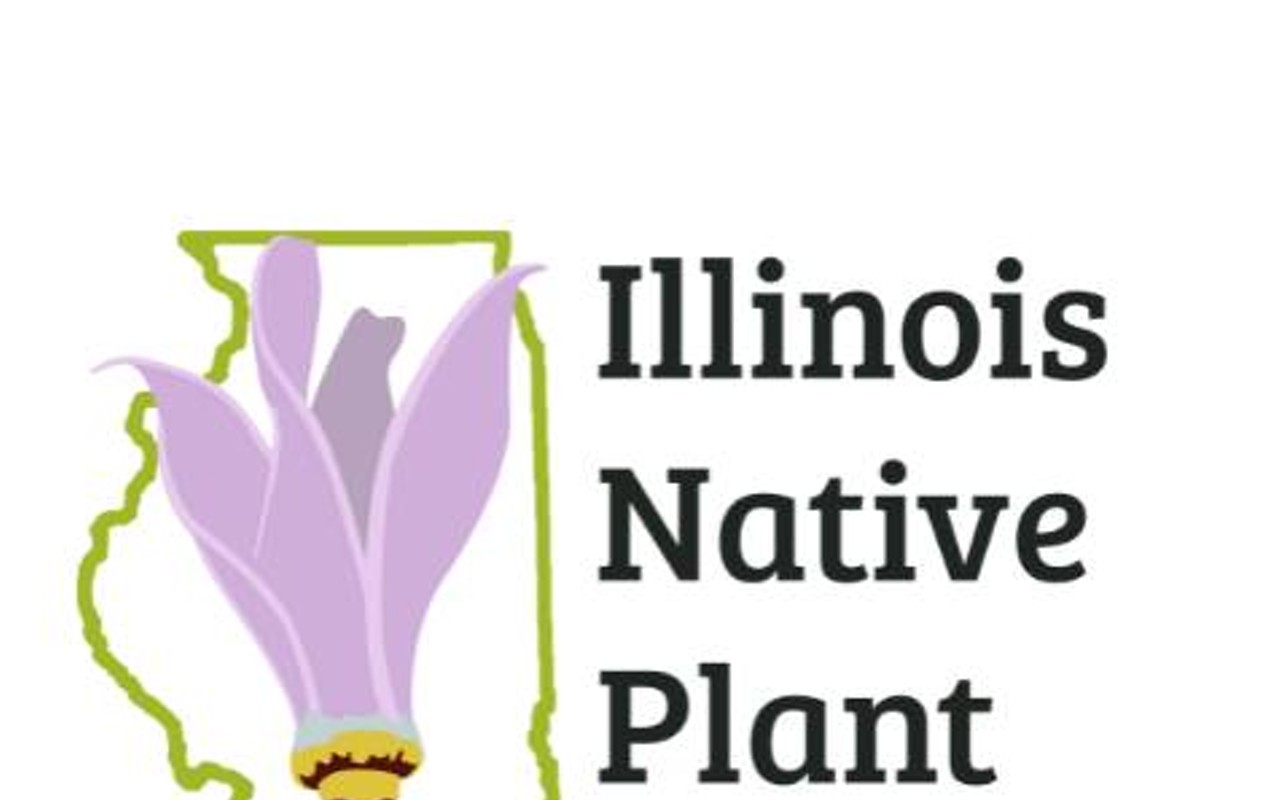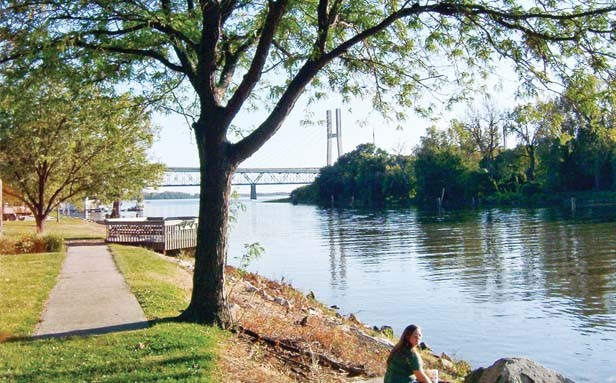
Skip the freeway and take a drive.
The trip from Springfield to Quincy via Interstate 72 takes a couple hours, but spend an extra 20 minutes and head out Jefferson Avenue to the hinterland, then take U.S. 24 through Beardstown, across the Illinois River and into some of the most scenic country in the region.
Cornfields border patches of forest as the road ups-and-downs-and-curves its way west, providing a brief but welcome respite from the straight-ahead plow through ag land that is the bane of the central Illinois motorist. Be careful: This is prime whitetail deer habitat, and so nighttime driving should be avoided as fall deepens – best, maybe, to take the scenic route west and the quick way home.
You are driving the Lincoln Heritage Trail, a route established 50 years after the death of Abraham Lincoln to mark his journeys through Illinois, including a stop in Quincy, where the future president debated Stephen Douglas, a Quincy native, for three hours. It was considered one of the testiest in the series of seven debates between the two during the 1858 U.S. Senate campaign, and Lincoln’s arguments against slavery were thought to be particularly strong. Still, the future president assured voters that he had no intention of interfering with slavery where it existed.
“I have no purpose to introduce political and social equality between the white and black races,” Lincoln declared. “There is physical difference between the two, which, in my judgment, will probably forever forbid their living together on the footing of perfect equality, and inasmuch as it becomes a necessity that there must be a difference, I, as well as Judge Douglas, am in favor of the race to which I belong having the superior position.’
The crowd cheered.
Quincy today is as dichotomous as the candidate who declared that slavery was wrong and in the next breath said that it was a matter of states’ rights. But the Gem City, as it was dubbed in the 19th century, remains steeped in history.
Architecture alone is worth the trip to this town on the Mississippi River. The palatial third home of John Wood, the town’s founder who became governor of Illinois, still stands. He began construction in 1835, just 13 years after buying 160 acres for $60, intent on making a killing as a land speculator. He did.
“He came penniless, he built up a fortune,” says Reg Ankrom, executive director of the Historical Society of Quincy and Adams County, housed in the John Wood Mansion.
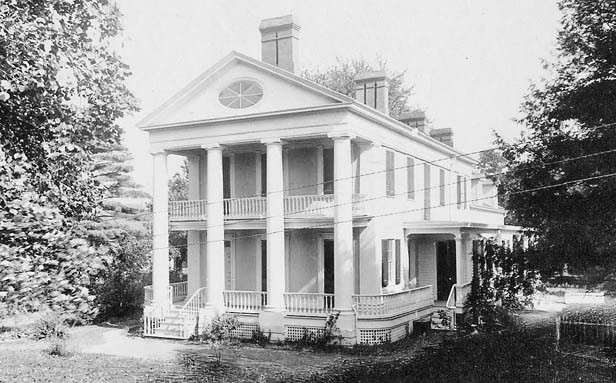
It took chutzpah to build a 14-room, 6,000-square-foot home, by far the largest in a town of less than 725 dwellings, most of them one-room log cabins, Ankrom says, and it was the only one in the city with an indoor bathroom. The entire mansion, a Greek Revival design, was hand-built by craftsmen, many German immigrants, whom Wood imported from down river. In addition to wages, Wood sold his workers cheap land with room for pastures, and some of the homes still remain in a neighborhood dubbed Calftown.
Wood, who had been lieutenant governor, was governor for less than a year after Gov. William Bissell died in office, and the speculator turned politico wanted no part of Springfield, declining to run for election because he thought he could make more money as a businessman. He petitioned the General Assembly to allow him to remain in Quincy while Bissell’s widow lived in the governor’s mansion and Abraham Lincoln used Wood’s office in the State Capitol as a campaign headquarters during his election to the presidency.
“We kind of joke around here: Rod Blagojevich was not the first not to use the mansion,” Ankrom quips.
The Wood mansion was threatened by the wrecking ball in 1906, but the historical society, founded in 1896 and the first of its kind in Illinois, rescued the structure and is now headquartered at the site. The mansion is open for tours through October, call 217-222-1835 or check the website at www.adamscohistory.org. The society is also planning a concert of antebellum compositions with vintage instruments on Oct. 11 and an All Saints Day (Nov. 1) walking tour of the city’s historic Woodland Cemetery. Call the society or visit the website for more information.

Keeping history alive isn’t always easy, as witnessed by the demise of the city’s Gardner Museum of Architecture and Design last year, when funds ran dry. Built in 1888 as the Quincy Public Library, the stone building, itself a work of art, had contained a collection of stained glass windows and other architectural relics from the city. The historical society has obtained the property and is trying to find a way to reopen it to the public.
Still, a lot remains.
“In terms of the treasury of architecture we have, it’s been really well-maintained for a town that was founded in 1825,” Ankrom says.
Within walking distance of the John Wood Mansion lies the Quincy Museum, built by Richard Newcomb, who owned a paper company and was one of four millionaires in Quincy when he died in 1904. The Quincy Whig called Newcomb’s home “the most beautiful and imposing residence in Quincy” when it was built in 1891, with fireplaces big enough for four-foot-long logs, a red slate roof and electric lighting throughout.
The first floor remains true to the period, with kitchen, dining room and other spaces equipped with period furnishings kept safe from visitors by velvet ropes. Upstairs is an anything-goes sort of affair, much of which has nothing to do with Quincy or Illinois, for that matter.
There is an exhibit on snowflakes, and there are plenty of minerals, petrified wood and other fancy rocks, appropriate for the Gem City, perhaps, but from as far away as Arizona and even outer space, if you consider the meteorites. Taxidermy specimens range from African to native prairie. Go up to the third floor (the mansion is a very big place) to learn about dinosaurs. There are also, of course, several display cases devoted to the early history of Quincy and Adams County.
It is, in short, a great place for families to spend an hour or two, with plenty to see for both history buffs and fidgety kids. The museum is open from 1 p.m. until 5 p.m. Tuesdays through Sundays. Call 217-224-7669 for more information.
Beyond architecture, there is the Mississippi River, and Quincy boasts a string of riverside parks perfect for picnickers. The road alongside the river heading north out of town is not a well-traveled one, and there are both shoulders and a trail in parts to accommodate bicyclists. Mark Twain fans should venture across the river to visit the author’s boyhood home in Hannibal.
Quincy has restaurants for every taste. For upscale cuisine and the best view in town, head to The Pier, built on an old railroad pier on the river just north of downtown. Tiramisu on North Third Street offers good Italian food and a cozy, romantic dining room. The Abbey on Broadway has a varied menu and is a great place for steaks, burgers, wings and salads – they even have a horseshoe.
But the most popular place in town the day I visited was the Rocky Point Club alongside the river. It is a nothing-fancy place where the food is dirt cheap and good. A pork tenderloin sandwich, piping hot and huge, fries and an ice-cold bottle of Budweiser cost a grand total of $5. No wonder the parking lot overflows during the dinner hour as locals flock to a perfect spot to end a perfect day.
Contact Bruce Rushton at [email protected].

